The Taklamakan Desert, known as the “Sea of Death,” is experiencing a revival and is being greened thanks to the “iron will” of the central government of China.

The Taklamakan Desert, known in Chinese as 塔克拉玛干, is located in the central Tarim Basin in southern Xinjiang. It is the largest desert in China and the tenth largest in the world.
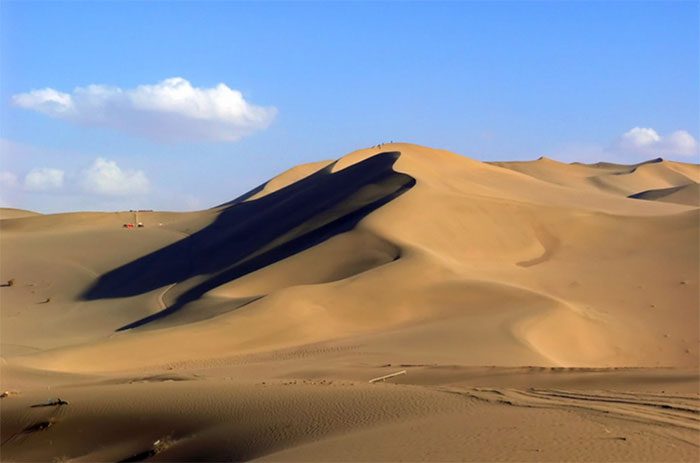
In the Uyghur language, Taklamakan means “easy to go, hard to return,” referring to the vastness of this desert. The entire desert stretches approximately 1,000 km from east to west and 400 km from north to south, covering a total area of 330,000 km2.
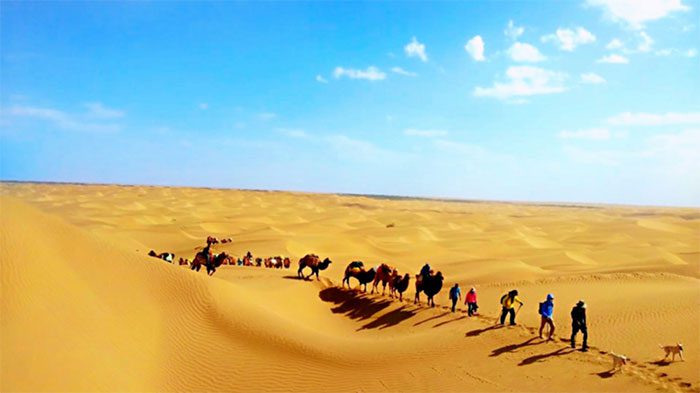
The climate in Taklamakan is extremely harsh, with summer temperatures reaching as high as 45.6 degrees Celsius, and surface temperatures potentially soaring to 70 degrees Celsius. In winter, temperatures can drop below -20 degrees Celsius.

The average annual rainfall in the desert does not exceed 100 mm, with the lowest recorded rainfall being only 4-5 mm, while average evaporation rates can reach 2,500-3,400 mm.

Due to harsh weather conditions, poor ecology, and overgrazing, Taklamakan has been expanding southeastward since the 1990s, with an average desertification rate of 15-20 meters per year.
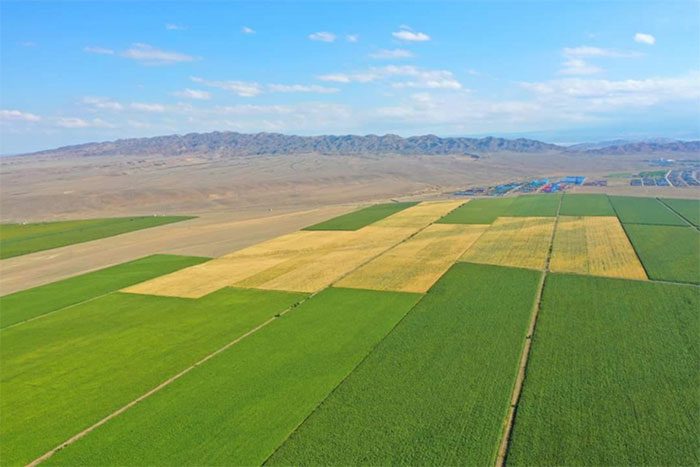
However, in recent years, the Taklamakan Desert has been revitalizing thanks to the “iron will” of the Chinese government. Through innovative irrigation techniques, this barren land has been transformed into lush grasslands and forests, contributing to the restoration and protection of the ecosystem in this northwestern region of the country.
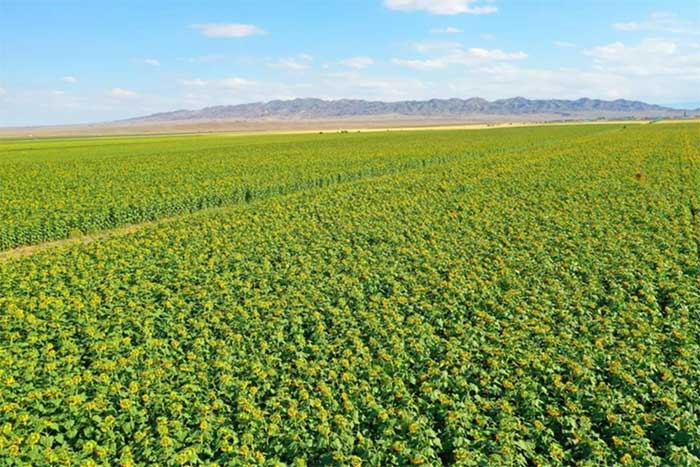
Additionally, management policies and various green energy infrastructure projects are also fostering economic development in this desert, once deemed the “Sea of Death.”
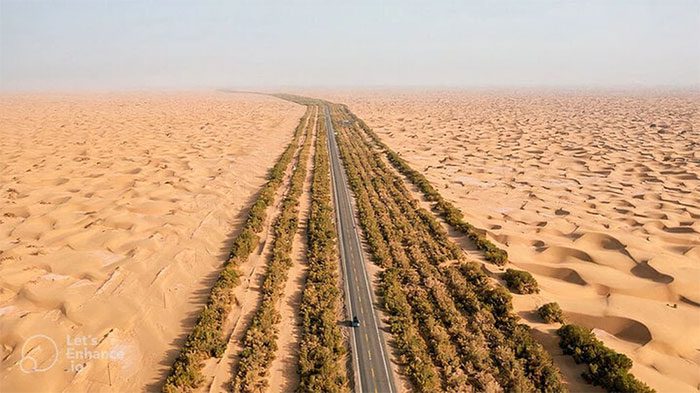
In the heart of the Taklamakan is a 552 km long desert highway built in 1995. However, for nearly a decade afterward, the road frequently faced traffic congestion due to being covered by sand.

To address this issue, China has constructed a massive green belt along the highway, supported by drip irrigation systems to promote vegetation growth. Since 2003, China has planted approximately 2 million trees annually to expand the green belt and increase the area of green coverage in the desert.
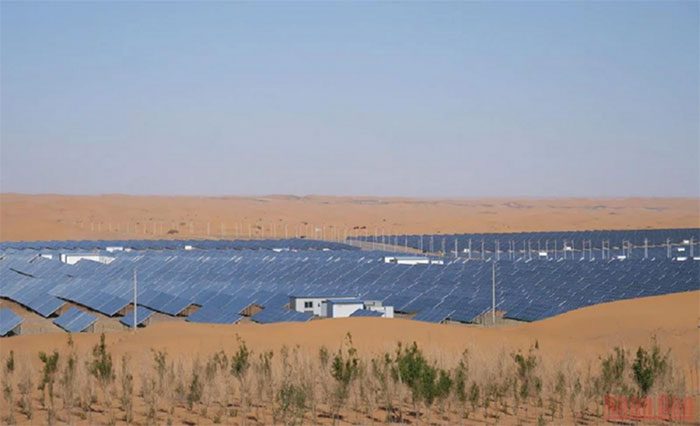
China is looking to promote the construction of large-scale solar and wind power plants in the desert. The electricity produced from these clean energy sources not only supplies Xinjiang but also contributes to the region’s carbon neutrality goals.
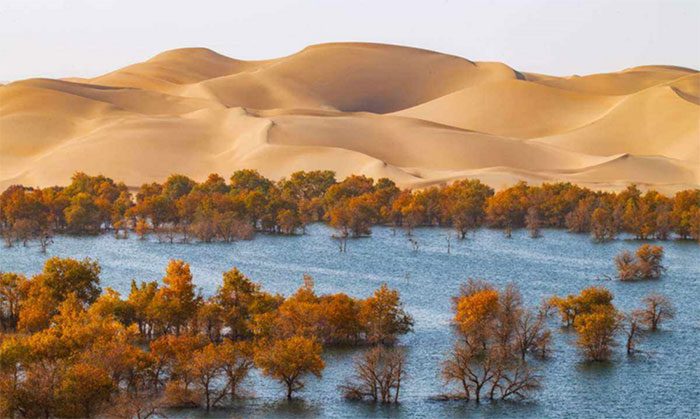
Moreover, continuous afforestation efforts have been tested and have achieved significant success, creating beautiful oases and ecological forests, thus promoting tourism development in the largest desert in China.


















































